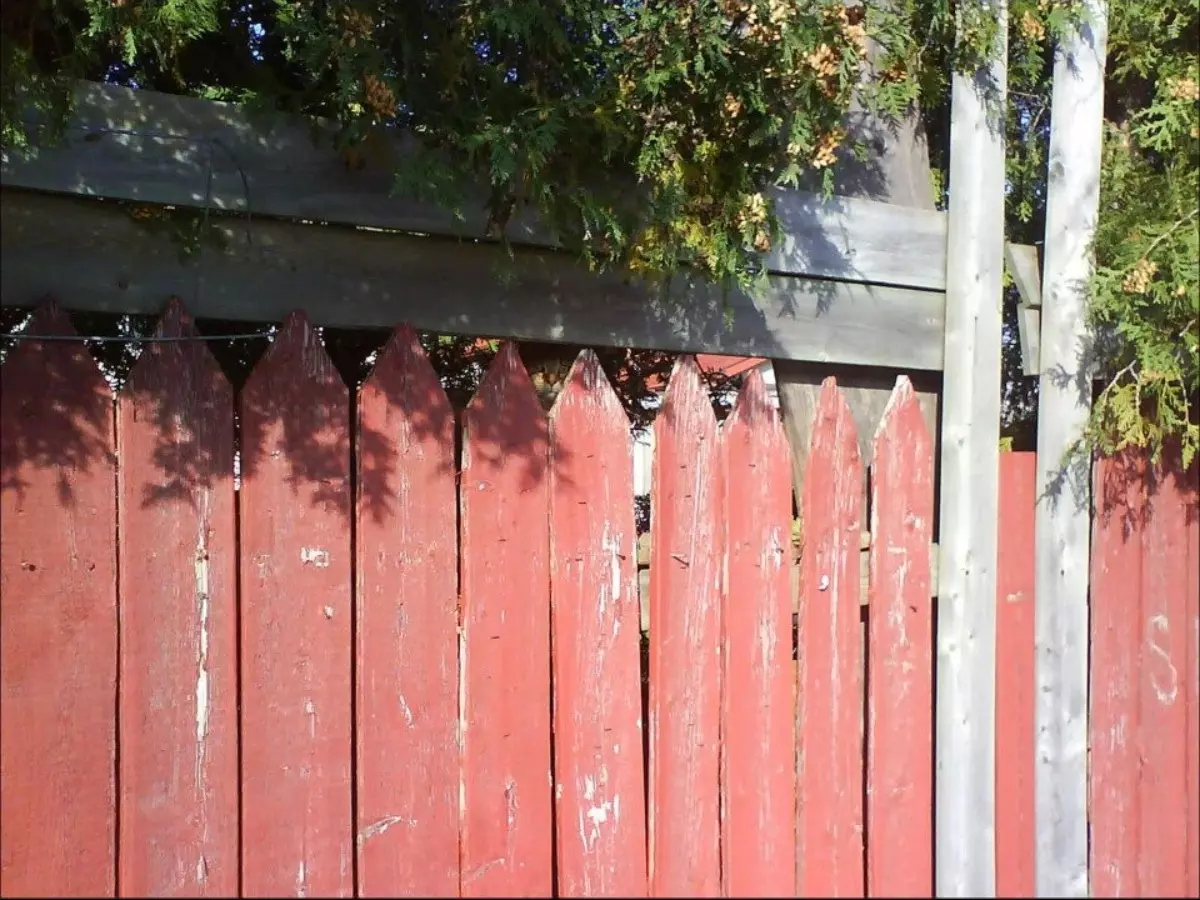Optical Illusion: We Challenge You To Spot The Cat Hiding In The Fence
Optical illusions and brain teasers are getting pretty popular nowadays. People like the idea of exercising their minds to figure out what a new optical illusion means.

Optical illusions and brain teasers are getting pretty popular nowadays. People like the idea of exercising their minds to figure out what a new optical illusion means.
Can you spot the cat in this optical illusion?
Now, a new brain teaser is making people scratch their heads. The task at hand? Spotting the cat hiding in this fence picture.
 Splitpics
Splitpics
When you first look at the image, you might not realise it contains a cat. But if you look closely, a cat can be found in the perfect resting spot near a red fence.
Cats are notorious for fitting into tiny spaces and it is no different in this case.
As you look at the photo more and more, it may become easier to spot the adorable creature. Can you spot it? Or are you still scratching your head searching for the answer?
Some people may think to look in the trees or others may pay attention to the wooden slacks on top of the fence. Don't worry, we'll solve it for you.
 Splitpics
Splitpics
At first glance, the red fence looks to be vacant of any furry felines.
The cat is actually perfectly sandwiched between the tops of two slacks of wood in the middle of the red fence.
How do optical illusions work?
Optical illusions reveal how one's brain works, and there are many claims about how they decode personality types, whether you are left-brained or right-brained, etc.
Simply put, when you look at something, what you are really seeing is the light that bounced off of it and entered your eye. This converts the light into electrical impulses that your brain can turn into an image.
 Pinterest
Pinterest
The process only takes about a tenth of a second, but your eyes receive a constant stream of light and a significant amount of information, which is why it is really difficult for your brain to focus on everything at once.
Your brain takes shortcuts, further simplifying what you see to help you concentrate on what is required. This helps compensate for your brain¡¯s tenth-of-a-second processing lag. This trait actually helped early humans survive encounters with fast predators.
While some optical illusions trick us into seeing motion, others trick our brains into perceiving colours or shades that are not visibly present.
For more trending stories, follow us on Telegram.
